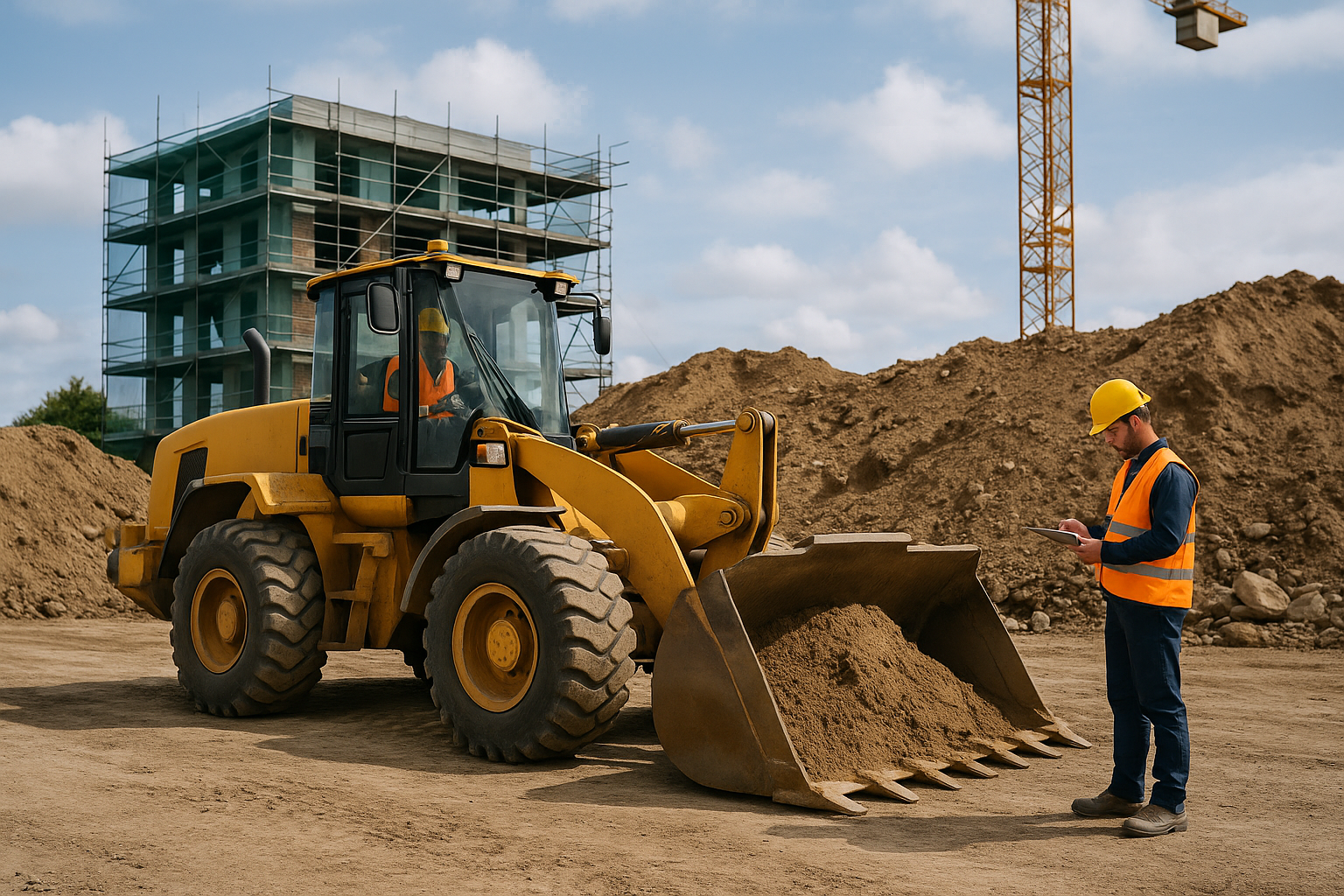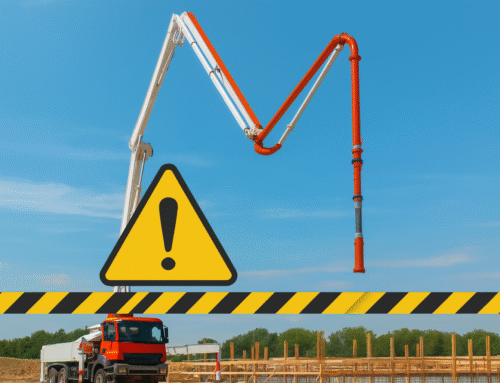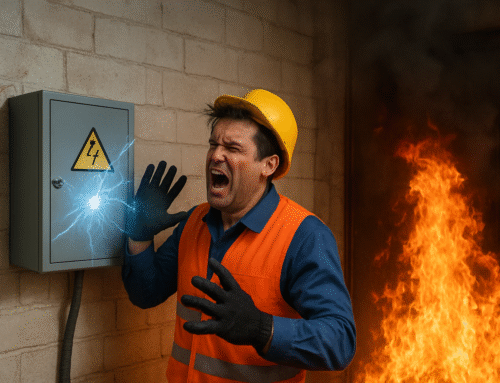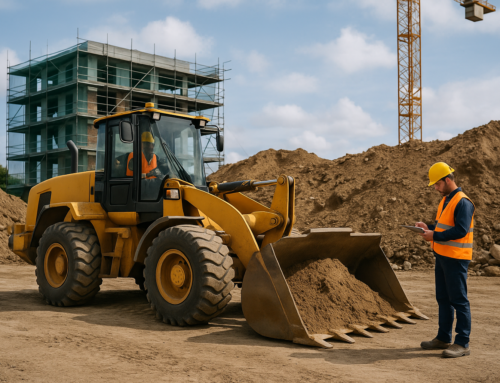
Suncoast Safety provides all Safe Work Method Statements (SWMS) & Mobile Plant Risk Assessments in Electronic editable PDF form and hard copies posted to you. We also provide 7 days a week of help and support including after hours.
We are here to help and support you and your business with nearly 20 years of experience.
Areas we service are Sunshine Coast, Brisbane, Gold Coast, Wide Bay, Hervey Bay, Bundaberg, North Brisbane, Ipswich, Toowoomba, South Brisbane, Tweed, New South Wales, Victoria, Northern Territory, Western Australia, North Queensland, Central Queensland, Cairns, Townsville, Rockhampton, Mackay
Ring us today for a free no obligation quotation Phone: 0429990418
Email: [email protected]
Audiometric testing frequently asked questions
From 29 July 2025, changes to the Work Health and Safety Regulation 2011 will require employers to provide audiometric testing for workers who use personal protective equipment due to the risk of hearing loss associated with noise that exceeds the exposure standards for noise.
This FAQ page answers common questions about the new requirements, including who is affected, when testing must occur, and what your obligations are as a person conducting a business or undertaking (PCBU).
Download the stakeholder communications kit (PDF, 2.86 MB) for key messages, editorial content, suggested social media posts and helpful information.
What is audiometric testing?
Audiometric testing is a painless, non-invasive test that measures the softest sound a person can hear across a range of different frequencies.
The Work Health and Safety Regulation 2011 (WHS Regulation) defines audiometric testing as ‘testing and measurement of the hearing threshold levels of each ear of a person by means of pure tone air conduction threshold tests’.
This type of testing is used to detect a person’s ability to hear tones at various frequencies and volumes, one ear at a time.
What workers require specific audiometric testing?
Audiometric testing requirements are set out in section 58 of the Work Health and Safety Regulation 2011
The requirements apply to workers in all industries and workplaces where a PCBU requires a worker to use hearing protection to protect against noise which exceeds the exposure standard.
For workers who commence the work on or after 29 July 2025, the PCBU must provide audiometric testing for the worker:
- within 3 months of the worker commencing the work, and
- in any event, at least every 2 years.
For workers who commenced the work prior to 29 July 2025, the PCBU must provide an audiometric test before 29 July 2027 and at least every two years after that.
Please note, these are the minimum timeframes for compliance. PCBUs are encouraged to request a worker who started the work prior to 29 July 2025 to undertake a baseline audiometric test if they have not already done so, and to request workers have more frequent monitoring if necessary.
When does the requirement for specific audiometric testing commence?
These requirements commence from 29 July 2025.
This means that workers who commence the work on or after 29 July 2025 must have a baseline test within three months of commencing the work, and at least every two years after that.
What audiometric testing is required for a worker who commenced the work prior to 29 July 2025?
If your worker commenced the work prior to 29 July 2025, they must have an audiometric test before 29 July 2027 and at least every two years after that.
If a worker is exposed to noise exceeding the exposure standard and has not already had an audiometric test, it is recommended that a test is prioritised as soon as possible to protect against the risk of hearing loss.
Does a pre-employment audiometric test meet these requirements
Yes, Workplace Health and Safety Queensland will consider the mandatory audiometric testing requirement has been met if the worker has had a pre-employment audiometric test if it:
- is done within three months before or after the worker has commenced the work
- tests and measures the hearing threshold levels of each ear of the worker by means of pure tone air conduction threshold tests
- is done in accordance with the procedures in AS/NZS 1269.4:2014 Occupational noise management – Auditory assessment
For example, if a worker commences the work on 1 August 2025, the pre-employment audiometric test must have been done either on or after 1 May 2025 and no later than 1 November 2025 to meet the requirement in section 58 of the Work Health and Safety Regulation 2011
Who is considered a worker?
A worker is someone who carries out work in any capacity for a PCBU, including an employee, a contractor or subcontractor (or their employee), self-employed person, outworker, apprentice or trainee, work experience student, employee of a labour hire company placed with a ‘host employer’ or a volunteer.
Are all workers required to have audiometric testing?
No, only workers who are required by the PCBU to wear hearing protection as a control measure where noise exceeds the exposure standard are required to have mandatory audiometric testing.
Does the PCBU have to automatically provide audiometric testing if they provide hearing protection to a worker?
Providing hearing protection to a worker does not automatically trigger the requirement to provide audiometric testing.
To determine if the duty to provide audiometric testing applies, the PCBU providing the hearing protection to the worker should also establish that:
- the noise the worker is exposed to exceeds the exposure standard, and
- the worker is required to wear the hearing protection.
What is the noise exposure standard?
The exposure standard for noise is defined in section 56 of the WHS Regulation 2011 as:
- LAeq,8h of 85 dB(A) or
- LC,peak of 140 dB(C).
This is an eight-hour equivalent continuous A-weighted sound pressure level LAeq,8h, of 85dB(A).
For peak noise, the national standard is a C-weighted peak sound pressure level, LC, peak of 140dB(C).
The exposure to noise is taken to be that measured at the worker’s ear position and determined in accordance with AS/NZS 1269.1:2005 (Occupational noise management—Measurement and assessment of noise immission and exposure).
Does the PCBU need to do a noise assessment?
Yes.
- Section 57(1) of the Work Health and Safety Regulation 2011 states that a PCBU must manage risks to health and safety relating to hearing loss associated with noise, and
- Section 34 of the Work Health and Safety Regulation 2011 states that a PCBU must identify reasonably foreseeable hazards that could give rise to risks to health and safety.
The Managing noise and preventing hearing loss at work Code of Practice 2021 (PDF, 1.57 MB) (the Code) provides guidance on identifying noise hazards (section 3) and guidance on assessing risks and undertaking a noise assessment (section 4).
For workplaces where there are many or varied noise sources, or where workers move in and out of noisy areas, a competent person should complete a noise assessment, for example, an occupational hygienist.
For workplaces where there is one noisy work activity or a single noisy machine, the PCBU may be able to make a noise assessment using information such as noise data provided by the manufacturer of the machine.
Noise information provided by the manufacturer can then be assessed against the guidance outlined in Appendix D – Ready Reckoner of the Code.
Do I need to consult with workers about audiometric testing?
PCBUs are required to consult with their workers about matters relating to their health and safety.
For audiometric testing, PCBUs should consult with their worker about:
- what audiometric testing is, who will conduct it and when, and that it is being used to evaluate the effectiveness of control measures to protect their hearing
- the noise assessment or report for the workplace and the activities being undertaken
- the use of effective hearing protection for each person and activity
- the baseline and monitoring purpose for audiometric testing.
Health and safety representatives, if elected for the work group, should also be included in consultation.
What happens during an audiometric test?
While different providers may carry out audiometric testing differently, the core elements are usually the same:
Step 1
The test begins with a questionnaire and discussion about the workers’ history. This is followed by a quick ear check before the audiometric testing begins.
Step 2
Wearing headphones, the worker is asked to respond to sounds of different frequencies and decibels. The results are then discussed, and a report is provided.
Who can do audiometric testing?
Section 5.4 of the Code states:
- An audiometric test should be performed by a competent person (for example, an audiologist), having acquired the necessary level of training and experience to perform the test, interpret the results and present them in a manner that enables persons at the workplace to make appropriate decisions.
- Audiometric testing should be conducted in accordance with procedures in Australian Standard 1269.4:2014 Occupational noise management – Auditory assessment.
- Appendix D of AS/NZS 1269.4 lists the competency requirements for audiometrists and states:
Audiometric testing procedures shall be carried out by a person or group who, through a combination of training and experience, have acquired the knowledge and skills to perform the procedures, interpret the results and present them in a manner that will enable the people in the workplace to make appropriate decisions. In particular, a person or group carrying out assessments shall be able to demonstrate a thorough understanding of:
- the objectives of the audiometric test in noise management
- the basics of sound
- the correct usage and limitations of audiometers and audiometric booths
- the basic anatomy and physiology of the auditory pathway
- the basic mechanisms of hearing
- an audiogram and its relationship to the detection and understanding of human speech
- noise-induced hearing loss, its patterns, progress, cause and prevention
- correct headphone placement and test subject instruction
- correct audiometric test technique
- how to record the results of an audiometric test
- basic audiometric test result interpretation and how to explain the results to the test subject
- when to advise that a test subject requires referral for audiological, medical or rehabilitative purposes
- the correct selection, usage and limitations of personal hearing protectors
- this Standard, AS/NZS1269.3 and NAL80
- requirements of relevant legislation concerning audiometry in occupational management, particularly those relating to confidentiality of audiograms
- awareness of ototoxic agents.
Does a hearing test done by a service provider in a shopping centre counts as an audiometric test?
Some providers conduct 'occupational assessments' as one of their services. Provided the above conditions are met, then it would count as a valid audiometric test. It is best to check with the service provider to ensure they can meet the requirements in AS/NZS 1269.4:2014 Occupational noise management – Auditory assessment.
Who arranges and pays for an audiometric test?
PCBUs are responsible for organising and paying for audiometric tests for their workers.
An appointment can be made at any audiology clinic that meets the requirements of AS/NZS 1269.4:2014, and no doctor referral is needed.
Who gets the results?
Workers must be given their results by the person conducting the audiometric test after the test has been conducted and should be provided with a written explanation of what the results mean and the potential implications.
Audiometric tests are confidential medical information. However, the PCBU should be provided with a copy so they can best support monitoring of the worker's hearing. PCBUs are not permitted to share a copy of the worker's results with anyone other than the worker without their consent. However, in some situations, de-identified results and group data may be made available to the workgroup's health and safety representative.
Are the results required to be kept, and if so, for how long?
Yes, where a PCBU has been provided with the results of audiometric tests by the worker, the PCBU must ensure audiometric test results are kept as confidential documents and retain these results in accordance with requirements for employee records under legislation such as the Fair Work Act 2009 (Cth) and Privacy Act 1988 (Cth).
What will an Inspector look for?
When inspecting a workplace for noise and audiometric testing compliance, WHSQ inspectors will make inquiries into whether a noise risk assessment has been conducted where workers are exposed to hazardous noise. Inspectors will look for evidence that control measures are in place to reduce noise exposure, such as engineering controls or hearing protection.
Inspectors will also verify that audiometric testing is being provided for workers who are required to wear hearing protection as a control measure where noise exceeds the exposure standard, and that audiometric testing is conducted in accordance with the WHS Regulation. Records of noise assessments and audiometric test results must be maintained and made available.
The Managing noise and preventing hearing loss at work Code of Practice 2021 (PDF, 1.57 MB) outlines how to identify hazardous noise, your responsibilities and practical advice on how to keep workers safe.
What are the enforcement options?
Enforcement options available to WHSQ Inspectors include a range of actions depending on the severity and circumstances of non-compliance. In accordance with the Compliance and Enforcement Policy (2018), these may involve issuing improvement or prohibition notices, giving infringement notices (fines), or pursuing legal proceedings such as prosecutions.
These measures aim to ensure compliance with health and safety laws and promote safer workplace practices.
Additional information is available at: Enforcement options.






